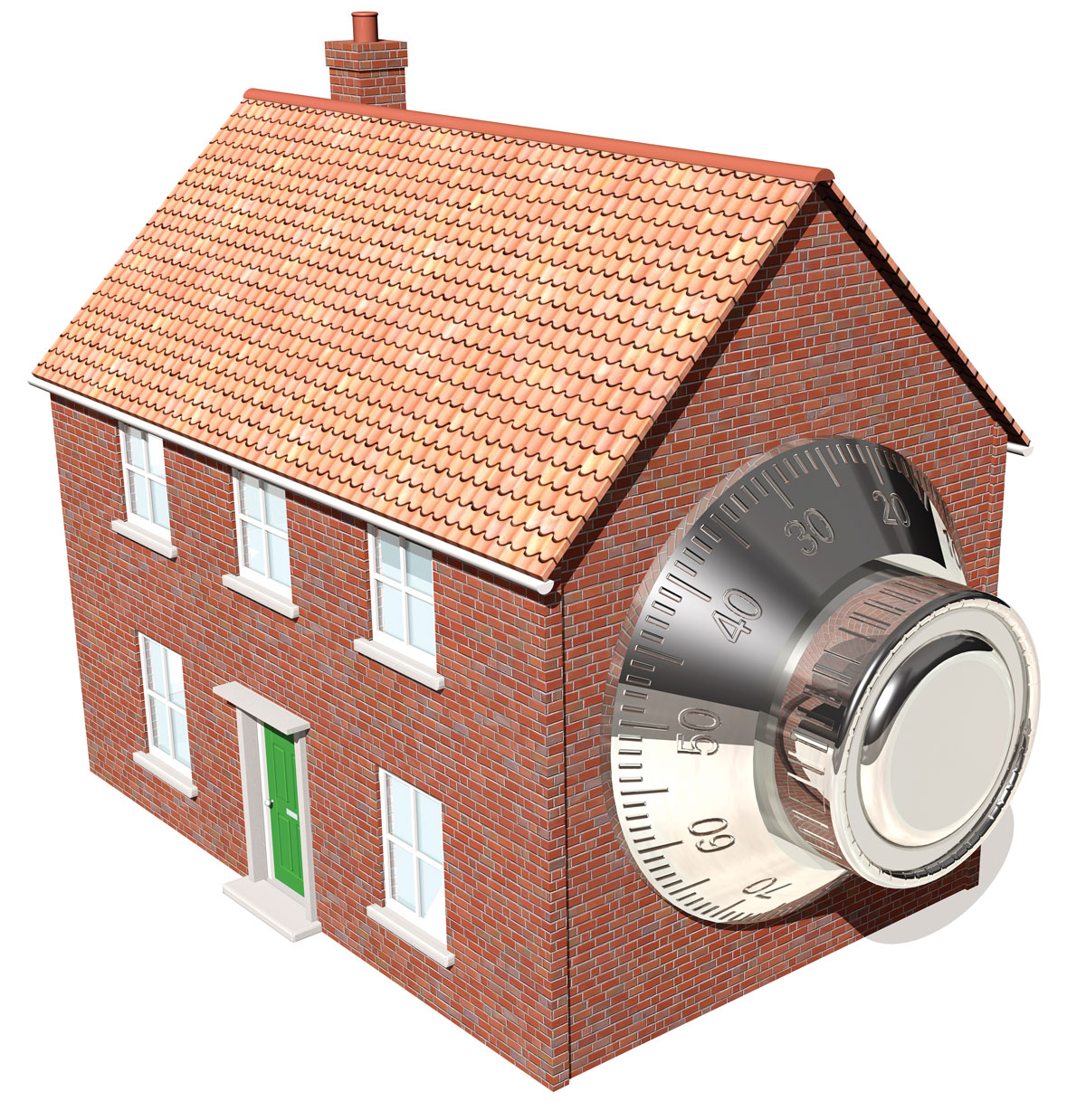News
Secured lending on the rise

The amount of money lent as secured loans had by October 2012 surpassed the amount lent during the whole of 2011.
A secured loan is a non-mortgage loan secured using residential property as collateral.
According to data from the latest Secured Loan Index from Loans Warehouse, secured loan lending in October stood at £31.9m, an increase of 1.6% on September’s figure of £31.4m.
It believes this sector is expanding to fill the gap left by high-street lenders.
The annual increase in secured loan lending was 38.7% higher than in the same period in 2011, where it stood at £23m.
This is the only annual increase October has witnessed since before 2009.
Matt Tristram, joint managing director of Loans Warehouse, comments on the findings:
“The secured loan market continues to strengthen, with changes in annual lending rising rapidly as more and more borrowers are finding secured loans increasingly attractive. This is due to several factors: low rates, increased product availability and the squeeze of interest-only mortgage products.
“With many high street lenders shying away from interest-only (with Nationwide announcing at the beginning of October they will no longer be selling mortgages on an interest-only basis) a huge opportunity is presenting itself to the secured loan market.
“A secured loan is a realistic option to those borrowers who are looking to raise capital but are being penalised by their mortgage lender. It has never been more important for brokers start thinking of the best solution for their clients, and the best solution isn’t necessarily the best mortgage product.
“Secured loans continue to prove themselves to be a suitable alternative to remortgaging, especially to those looking to raise capital while still protecting their interest-only mortgage. The more the first charge market digs its heels in, the more the second charge market steps up to the plate and with rates as low as 6.9%, the industry does and will continue to offer suitable alternatives.”